Venus is one of the most well-known planets in our solar system. Its iconic name is derived from the ancient Roman goddess of love, beauty, and fertility. Also known as the “morning star” or “evening star,” Venus is the brightest planet in the sky besides the moon, and can often be seen shining brilliantly in the night sky.
Among the planets in our solar system, Venus stands out as Earth’s mysterious twin. Cloaked in a thick atmosphere, with scorching temperatures and a perpetually cloudy sky, Venus has long fascinated astronomers and scientists. In this article, we embark on a journey to explore the secrets of Venus, uncovering its unique characteristics, extreme environment, geology, and the ongoing scientific missions aimed at unraveling its mysteries.
Table of Contents
Planet Venus quick facts
- Planet type: Terrestrial
- Age: 4.6 billion years (and counting)
- Length of year: 225 earth days
- One way light time to the Sun: 6.007840 minutes
- Rotation time on its axis: 243 Earth days
A Fiery Introduction to Venus
Venus, named after the Roman goddess of love and beauty, is often referred to as Earth‘s sister planet due to its similar size and composition. However, any resemblance ends there. Venus is a hostile world, with a dense atmosphere primarily composed of carbon dioxide, resulting in a runaway greenhouse effect. As a result, its surface temperatures average around a scorching 900 degrees Fahrenheit (475 degrees Celsius), making it the hottest planet in our solar system.
The history of Venus
The discovery of Venus can be traced back to ancient civilizations like the Babylonians and the Maya. They were the first to hypothesize the existence of this planet by observing its movements across the sky. The ancient Greeks later named the planet after the goddess Aphrodite, the equivalent of the Roman goddess Venus.
During the 20th century, several space missions were sent to Venus to study its physical properties and geological features. The first spacecraft to visit Venus was the Soviet Union’s Venera 1, launched in 1961. The mission was unsuccessful, as the spacecraft lost contact with Earth shortly after launch.
In 1962, NASA launched its first Venus mission, Mariner 2. The spacecraft was successful in collecting significant data about the planet, revealing that Venus has a thick atmosphere mainly composed of carbon dioxide. Over the years, several more space missions, including Magellan and Venus Express, have been sent to Venus to further explore its composition and surface features.
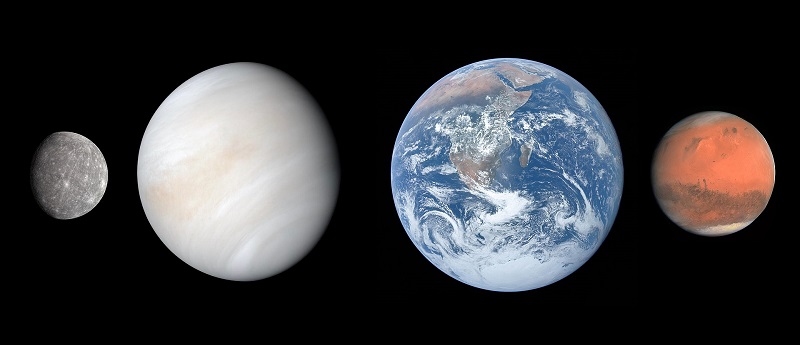
Composition and details of Venus
Venus is considered a rocky, terrestrial planet, similar in size and composition to Earth. It is approximately 108 million kilometers (67 million miles) away from the Sun and takes 225 Earth days to complete a single orbit. Its dense atmosphere is made up almost entirely of carbon dioxide with traces of nitrogen and other gases.
Venus possesses a thick and toxic atmosphere, obscuring its surface from view. The atmosphere is primarily composed of carbon dioxide, with traces of sulfuric acid clouds. These clouds reflect sunlight, creating the planet’s characteristic brilliant appearance. The atmospheric pressure on Venus is approximately 92 times that of Earth’s, equivalent to the pressure experienced at depths of 3,000 feet (900 meters) in our oceans. The extreme atmospheric conditions on Venus pose significant challenges for exploration.
The planet’s thick cloud cover consisting of sulfuric acid makes it impossible for sunlight to penetrate the surface. Its thick atmosphere also traps heat, making it the hottest planet in our solar system, with surface temperatures reaching up to 864°F (462°C).
Venus has a rocky, mountainous surface, with numerous craters, volcanoes, and valleys. The planet’s oldest surface features are thought to be approximately 750 million years old, which is relatively young compared to other planets in our solar system.
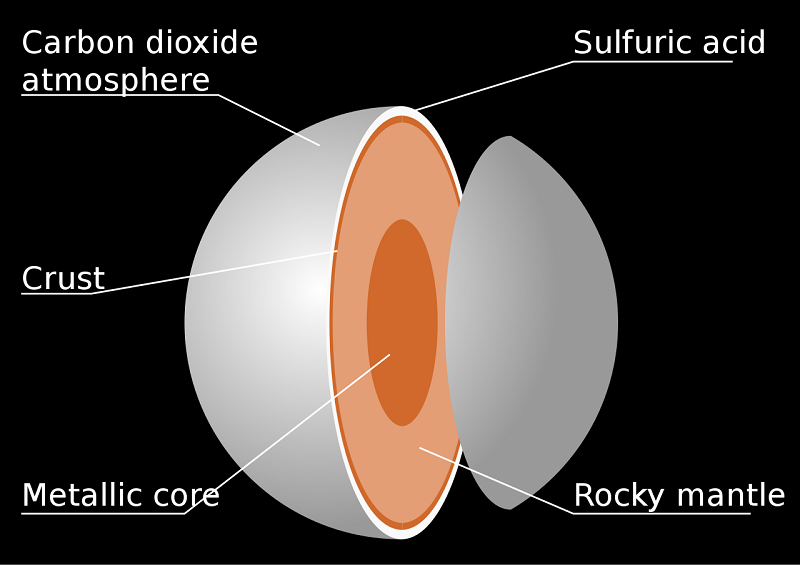
While hidden beneath its dense atmosphere, Venus’s surface reveals a diverse array of geological features. Radar imaging has unveiled vast volcanic plains, towering shield volcanoes, and numerous impact craters. One of the most prominent features is Maxwell Montes, the tallest mountain range on Venus. Additionally, Venus exhibits a network of rift valleys, such as the Aphrodite Terra, indicating tectonic activity in the past. The planet’s geology offers valuable insights into its volcanic history and geological processes.
Venus also has a unique rotation pattern, as it rotates in the opposite direction to most planets in our solar system. It takes approximately 243 Earth days to complete a single Venusian day and rotates along its axis in a retrograde motion.
Scientific research suggests that Venus may have once been an earth-like planet with oceans and an atmosphere similar to ours. However, due to a runaway greenhouse effect, the planet’s surface temperatures soared, and the oceans evaporated, resulting in the dry, rocky, volcanic surface we see today.
The Enigma of Venus’s Atmosphere
Venus’s atmosphere holds many mysteries that continue to intrigue scientists. One puzzling aspect is the presence of fast-moving winds in its upper atmosphere, known as the super-rotation phenomenon. These winds, traveling at speeds exceeding 200 miles per hour (322 kilometers per hour), complete a full rotation around the planet in just four Earth days, much faster than Venus’s own rotation. Understanding the mechanisms behind this atmospheric phenomenon remains a topic of ongoing research.
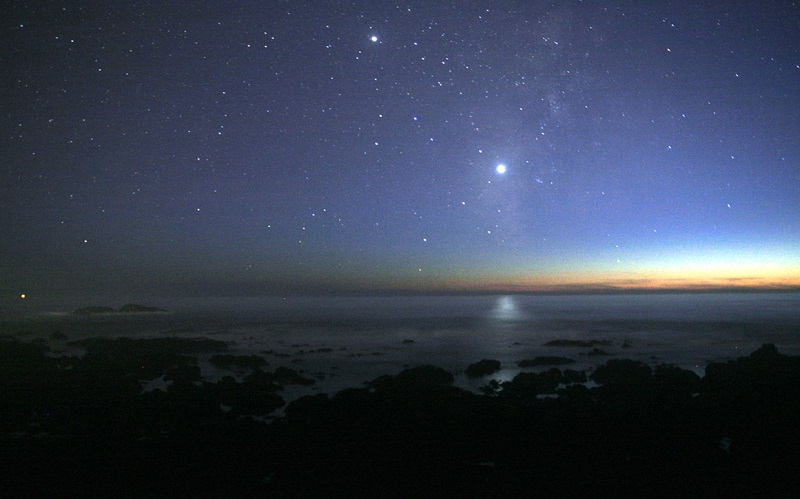
Potential for Life and Habitability
Despite Venus’s inhospitable surface conditions, scientists speculate that its upper cloud layers could potentially harbor microbial life. These clouds exist within a temperate zone, where temperatures and pressures are relatively more moderate. Phosphine gas, a potential biomarker, was detected in Venus’s atmosphere, raising intriguing questions about the possibility of microbial life. Future missions, equipped with advanced instruments, will further investigate Venus’s potential habitability.
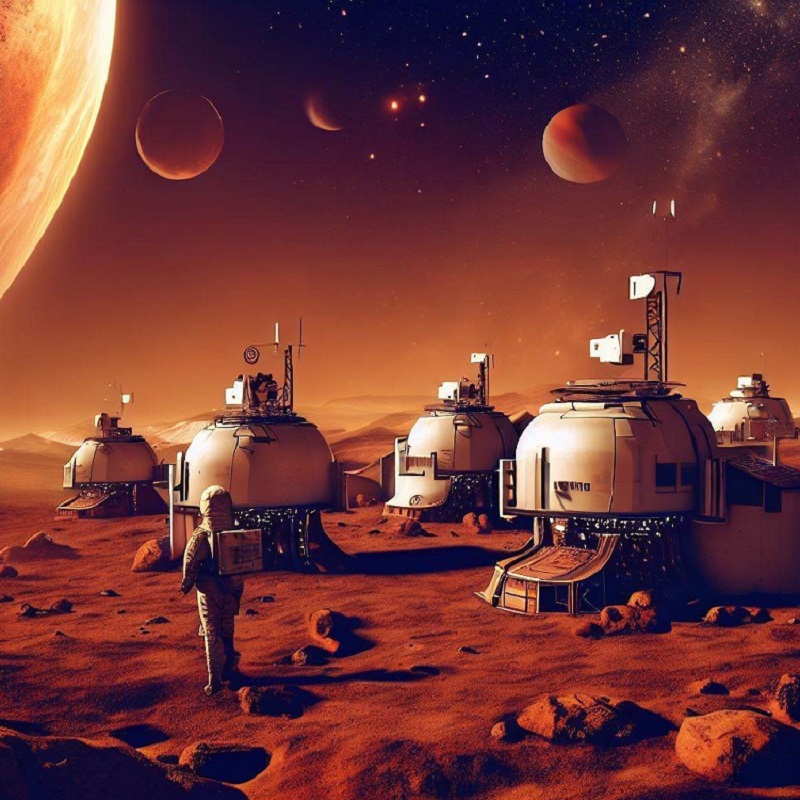
Venus in Comparative Planetary Science
Studying Venus provides crucial insights into planetary science and the study of habitable worlds. By examining the differences between Earth and Venus, scientists gain a deeper understanding of the factors that shape a planet’s climate, atmosphere, and geological evolution. Venus serves as a natural laboratory for exploring the extreme conditions that can arise on terrestrial planets and helps to contextualize the habitability of exoplanets beyond our solar system.
Exploring Venus: Past and Present Missions
Scientists have sought to uncover Venus’s secrets through a series of missions. The early missions, including NASA’s Mariner and Soviet Venera programs in the 1960s and 1970s, provided the first close-up views of the planet’s surface and atmosphere. More recently, the European Space Agency’s Venus Express mission (2005-2014) furthered our understanding of Venus’s atmosphere and weather patterns. Currently, NASA’s Parker Solar Probe, primarily designed to study the Sun, gathers data on Venus’s atmosphere during its close flybys. Future missions, such as NASA’s VERITAS and DAVINCI+, aim to delve deeper into Venus’s mysteries.
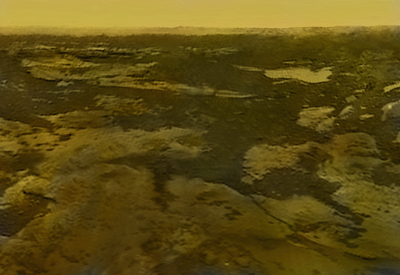
Conclusion
Venus, Earth’s mysterious twin, continues to captivate scientists with its extreme environment, enigmatic atmosphere, and geological features. Despite its extreme atmospheric conditions, the planet has played a significant role in shaping our understanding of our solar system and the evolution of rocky terrestrial planets. The ongoing missions and future exploration endeavors will shed further light on this hostile planet, offering valuable knowledge about our own planet’s past, the evolution of terrestrial worlds, and the potential for life beyond Earth. As we unlock the secrets of Venus, we pave the way for a deeper understanding of the complexities of our solar system and the broader universe.
Read more posts on Science.

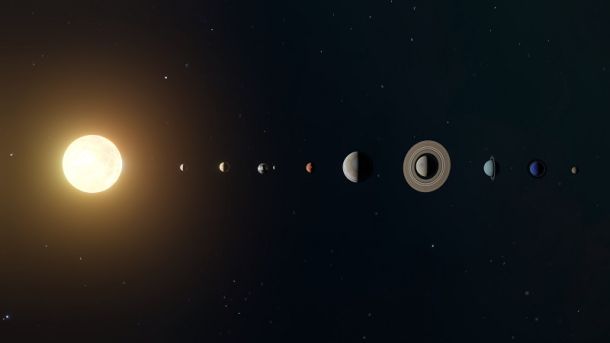
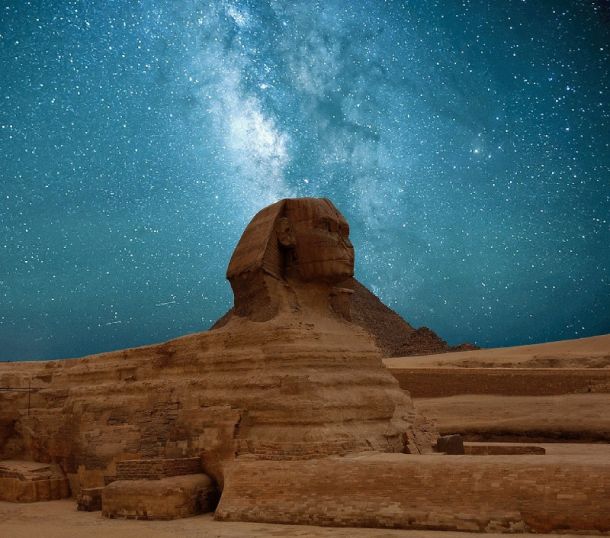

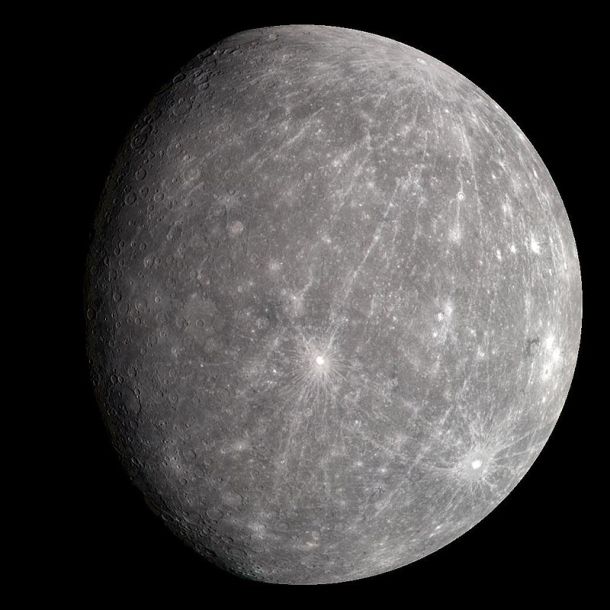











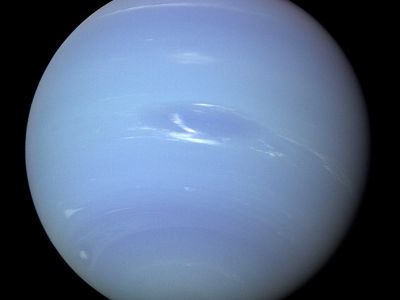
Leave a Reply